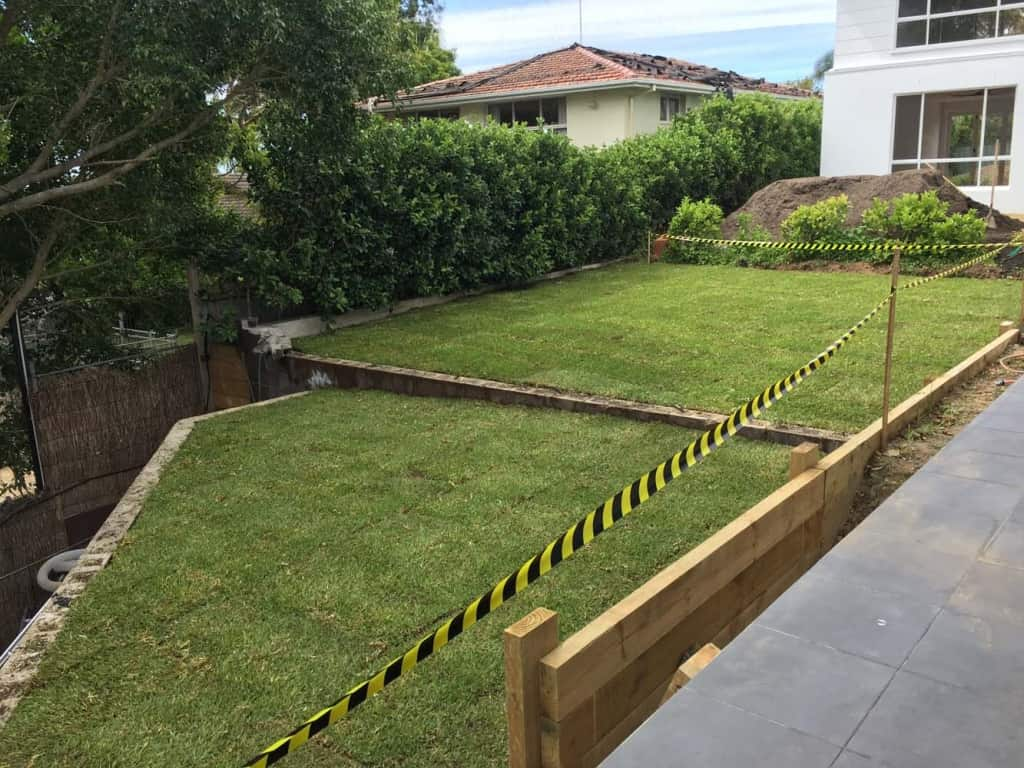Wondering what landscape designers do, and how they create beautiful, seamless, and welcoming outdoor environments? In this guide from Alex Paving & Landscaping, we’ll discuss 5 of the basic principles of landscape design that designers use to create a unified, appealing outdoor environment.
1. Unity
Unity is about consistency and repetition in design. The key is to balance repetition with visual interest – you want your various decor elements and plants to blend together seamlessly, but you don’t want to repeat them so much that they become boring. Hiring a professional landscaping services Sydney company will help with the unity for your project.
2. Balance
There are two types of balance in landscape design, known as asymmetrical balance and symmetrical balance.
Symmetrical balance is exactly what it sounds like – both sides of a particular landscape element are identical. If you plant two shrubs on both sides of your entryway, this is symmetrical balance.
Asymmetrical balance is a bit different. In this type of balance, the landscape is balanced using different elements and objects, but these have a similar visual “weight” and appearance – so the design still looks even, and balanced, despite differences in symmetry. If you plant a shrub on one side of your entryway and then a bed of tall flowers on the other, this is asymmetrical balance.
3. Proportions
Proportion refers to the size of different plant groupings in relation to one another. For example, you wouldn’t plan a series of shrubs and then break them up with a single small flower bed in the middle – you would try to maintain similar proportions with similar plant sizes.

4. Colour
Colour theory is often used in landscape design. Bold, bright, warm colours like oranges, pinks, and reds make objects seem closer and more intense, while cool whites, blues, and greens tend to create a more subtle appearance. When used properly, colour can help create a unique perspective in your garden.
5. Line
Lines are used to draw the eyes toward a specific focal point in your yard, and are essential for a visually pleasing landscape. They give an illusion of distance and depth to your yard, and can help create texture and perspective in your landscape.
Lines are often used when creating patios, walkways, entryways, plant beds, and other such elements of the landscape – and proper use of lines and focal points helps create a harmonious outdoor environment.
Contact Alex Paving & Landscaping
If you are looking to hire a professional designer to help with your project – we’re here to help. Contact Alex Paving & Landscaping online or give us a ring at 02 8044 3334 to speak to a pro, and get the design input and help you need for a beautiful garden or landscape.

